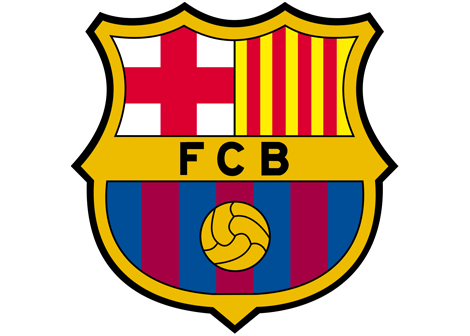TransferRoom crunches the numbers to identify a dramatic shift in the transfer fees of players in different stages of their careers over the past few seasons, but finds experience still counts for many teams.
In recent years many clubs have moved more towards building an identity and philosophy, with Sporting and Technical Directors ensuring a club’s style of play remains consistent in spite of changes of coaching staff. It means top clubs now want to get their target players ‘in the door’ earlier on in their career.
When to maximise your transfer income
Is your squad filled with talent between the ages of 21 and 23?
If so, now might be the time to cash in, as new analysis from TransferRoom reveals that this is the age group commanding the highest transfer fees in football today.
Looking at a total of 2,200 fee-paying transfers into clubs in Europe’s seven biggest leagues (the top divisions in England, France, Spain, Italy, Germany, Portugal and Netherlands) since 2017 paints an interesting picture.
Back then the age group with the highest average transfer fee was 24-26, at €6.75m. Indeed, players in this bracket continued to demand the highest fee up until 2019, when the typical transfer fee reached a high of €9m.
Since then, however, it is players in the 21-23 age bracket that have cost the most. In 2017 it was on average €4.75m per transfer; in the last two years that number has shot up to €9m.
Selling clubs should now be looking to sell their top assets before the age of 24.
Don’t dismiss the old guard just yet
While clubs are now focusing on signing younger players and are more willing to gamble more money on a player’s potential, that doesn’t spell the end for the more experienced players in your squad.
In fact, the average age of players getting minutes has increased over the past six years.
In 2017 the average player getting minutes on the pitch in the top seven leagues was 25.9 years old. In 2022 they were 26.3.
At first this may not seem compatible with money now being spent on younger players, but with not as much being invested in 24-26 year-old signings as previously, it suggests that top teams are combining young talents with older, experienced heads who are able to perform at the top level for longer, due to the improved conditioning and longevity of stars playing well into their mid-thirties.
Also, in recent years many clubs have moved more towards building an identity and philosophy, with Sporting and Technical Directors ensuring a club’s style of play remains consistent in spite of changes of coaching staff.
It means top clubs now want to get their target players ‘in the door’ earlier on in their careers and develop them into an established first-team star over the long term, so that they can learn this philosophy and develop their game in a way that makes them perfect fit for the club's needs.
Book an intro call
Trusted by decision makers from 800+ clubs worldwide















































































/SWEDEN/Malm%C3%B6%20FF.png)





































